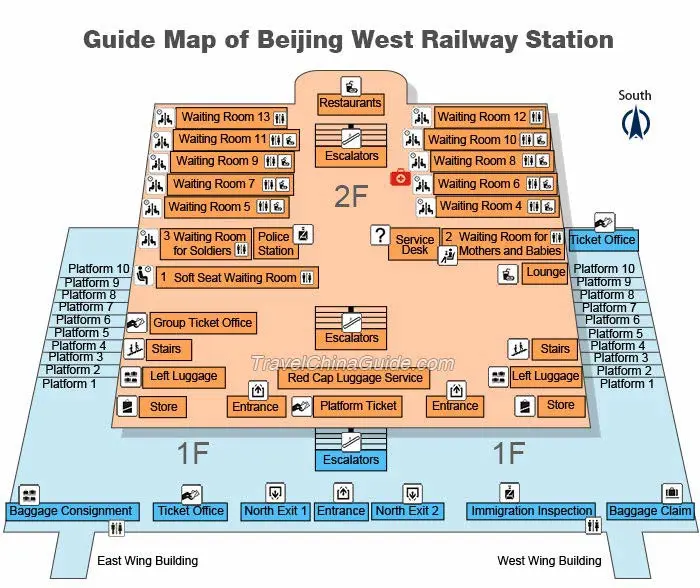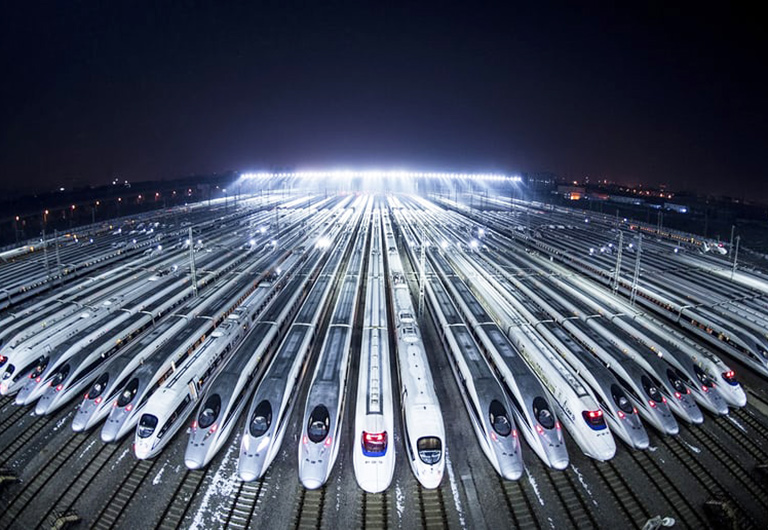The Terracotta Warriors Reproduction Factory
First, after passing through the gateway you notice a half a dozen other buses, and then when you drive down to the end, there was another bus that just arrived before us, disgorging passengers.As we are getting off we have a tour guide specifically for this place waiting. Just as we finish getting off another two buses had arrived, ready to unload.
We have to wait for the group before us, to see the ovens, and take photos with the headless terra cotta replica soldiers. Then it’s our turn.
I'm not sure whether it is of much interest to learn that takes 30 days, at 900 degrees, to fire a full-size soldier in an oven before its fully hardened, and will last 2,000 years. Still, it's the thought that counts.
I'm not sure the fact that they use coal to create that heat helps all the good work they're doing to reduce pollution.
Outside they have a number of full-sized statues, some representing the warriors that we will soon see at the site, and some are without heads so that we can take photos of ourselves as a warrior.

Next, we go inside and get a demonstration of how the soldiers big and small are made, out of the same clay, we're told, like the originals. Maybe I got my numbers wrong because I think it takes 30 days for the clay to air dry. Of course, the smaller ones take less time to air dry before they are fired in the kiln

We eventually bought a general, and if what we're told is true it should be still around long after our planet had been destroyed. Aliens, if they come visiting are going to be very surprised to learn the only people lived on the planet were Chinese soldiers.
Next, we are taken through to the big-ticket items, those ornate and highly polished portable screens, the ones with countryside scenes, flowers, and people that are highly polished and look exquisite.
There are also much larger statues

But you need to be very wealthy if you want one, or a tabletop filled.

You can also buy one of these warriors in jade, though I shudder to think how much that would cost.

There are also big and small tables, ornate cabinets, and other wooden based products that Australian customs love to confiscate because it's wood. And the prices for these, too, are very expensive. Nice to have but so many impractically trying to get them home.
Failing to raise any interest there he moves on. More groups are arriving all the time, so maybe someone has a spare 50,000 to 100,000 yuan to spare.
We get 40 minutes to wander around, but all we're interested in is a turtle and some small figurines for our granddaughters, which turn out to be pandas. I think you can see the reason why we picked pandas.
At the end of the allowed time, it is a pleasure to get out into the fresh air, slightly tainted by diesel fumes, after inhaling that eye-watering aroma of shellac.


































